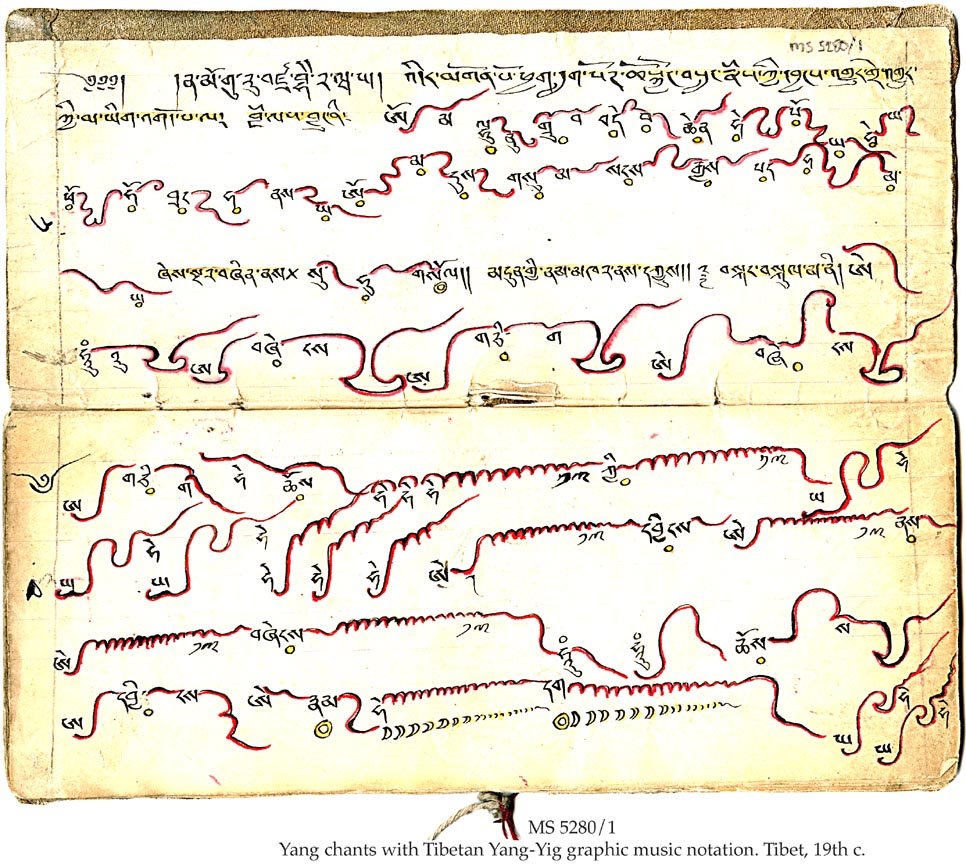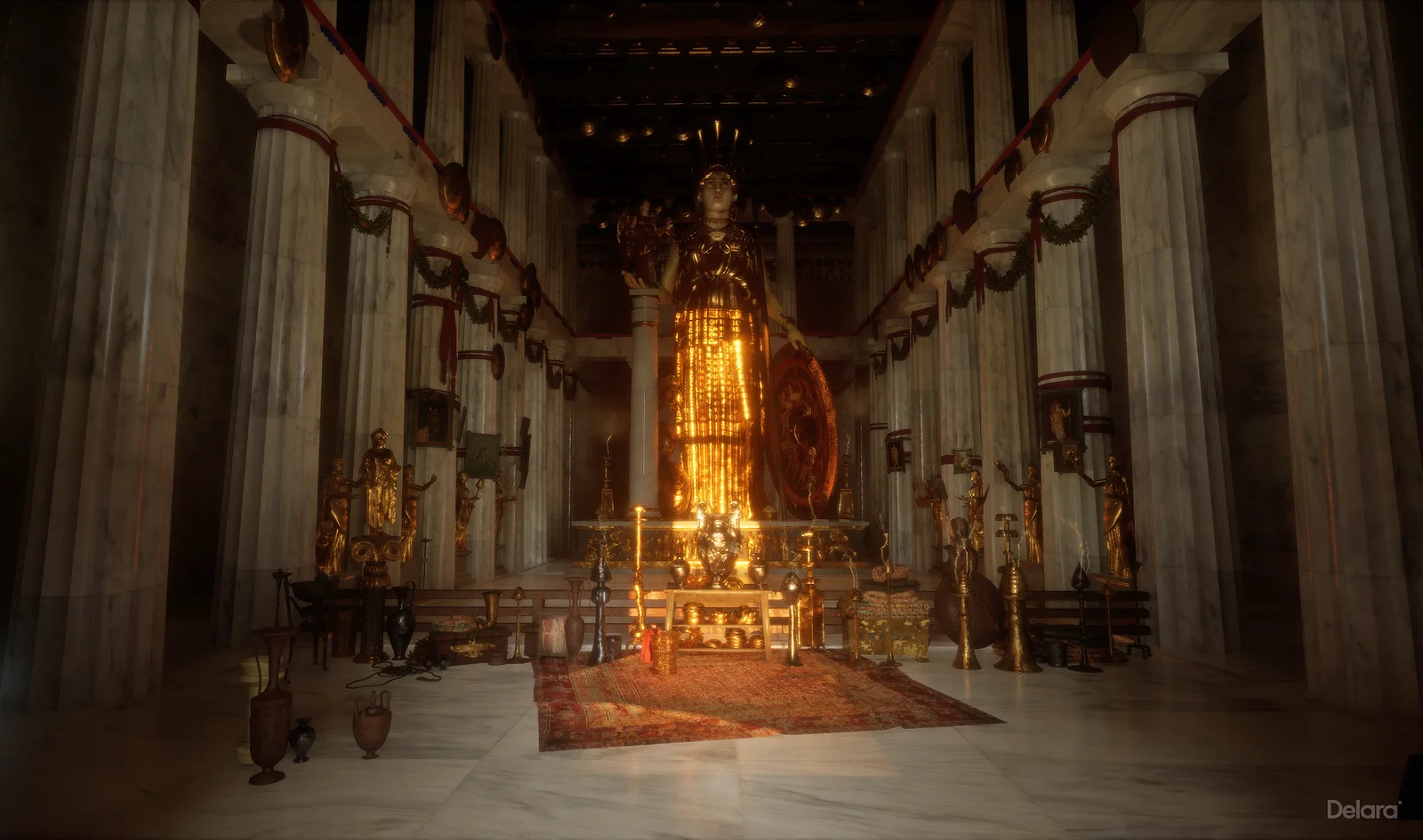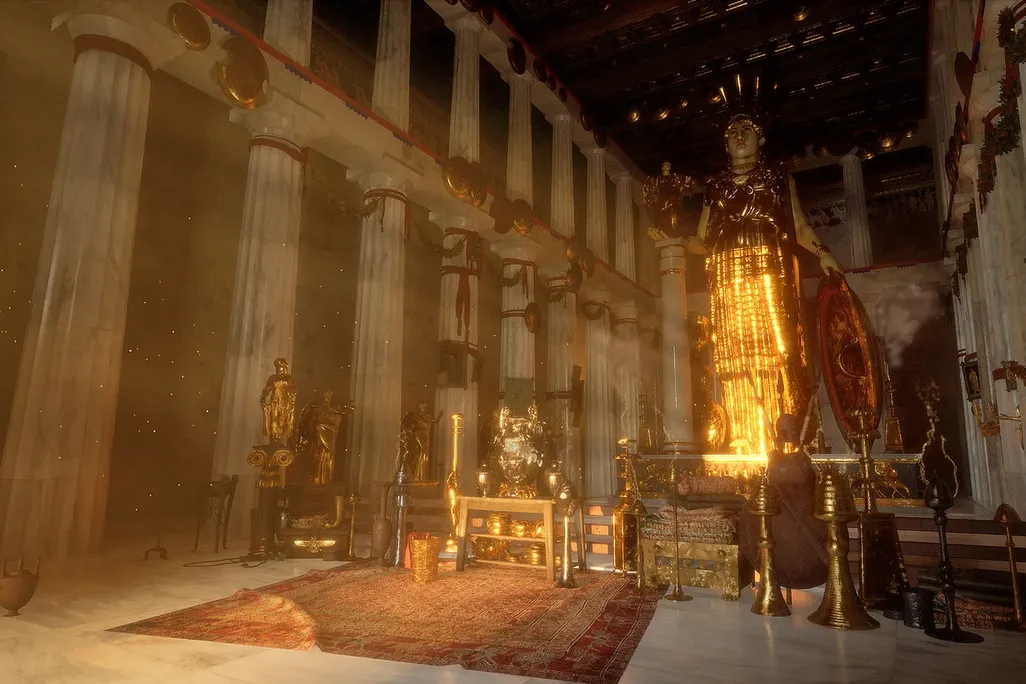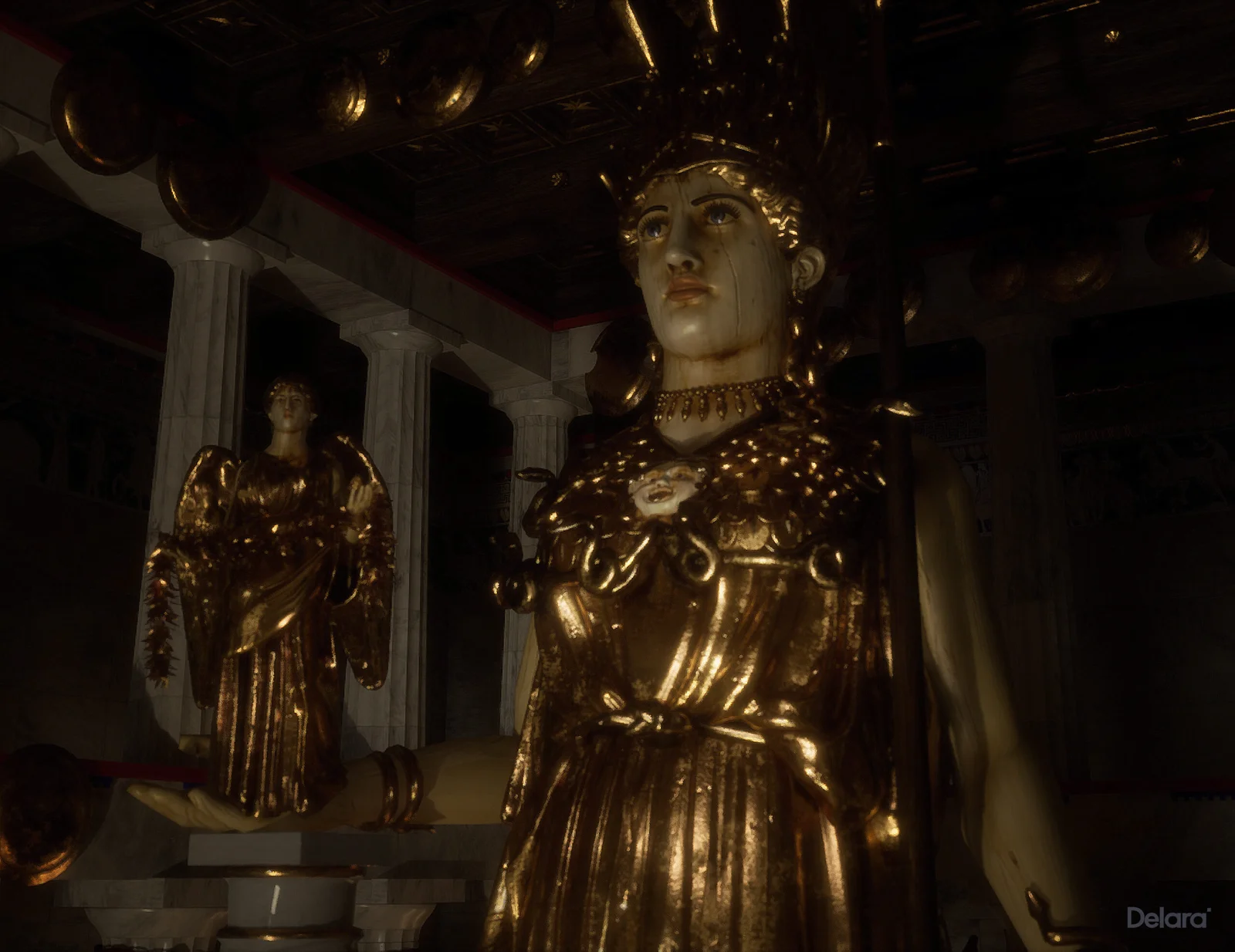Though the pop-cultural moment that gave rise to the association has passed, when many of us hear about Kabbalah, we still think of Madonna. Her study of that Jewish-mystic school of thought in the nineteen-nineties has been credited, at least in part, with the sonic transformation that led to her hit album Ray of Light. A few years later, when she recorded the theme song for the 2002 James Bond movie Die Another Day, she managed to include in its music video such Kabbalistic imagery as the Hebrew letters lamed, aleph, and vav — which come, as Religion for Breakfast creator Andrew M. Henry says in the video above, from one of the 72 names of God according to Jewish tradition.
But what, exactly, is Kabbalah? That’s the question Henry takes it upon himself to answer, attempting to separate the real thing from the pop-cultural ephemera that’s come to surround it.
This entails first going back to the earliest Kabbalists, “Jewish teachers, theologians, and philosophers” among “the educated elite of medieval Europe, living in Spain and France, writing new and innovative studies on Jewish texts and concepts about mystical contemplation of the divine realms, the nature of God, the purpose of humanity, and the creation of the universe.” They searched, and their successors have continued to search, for secret divine wisdom originally vouchsafed to Moses at Mount Sinai.
The word kabbalah can be translated as “that which has been received,” but that may make the enterprise sound simpler than it is. Henry frames Kabbalah as a series of traditions “encompassing several modes of reading, a library of texts, a series of concepts, and a range of practices within Judaism that is concerned with mystical contemplation.” But whatever their differences, most Kabbalists revere concepts like Ein Sof, “an infinite impersonal god or supreme entity or supreme entity that we cannot describe with our own human faculties,” and vast works like the novelistic Zohar, or “The Book of Radiance,” in which “even the search for mystical knowledge becomes sexualized”: an aspect that, given the skill with which she’s crafted her provocative pop-icon image, Madonna could hardly fail to appreciate.
Related content:
The Talmud Is Finally Now Available Online
Walter Benjamin’s Philosophical Thought Presented by Two Experimental Films
The Ancient Greeks Who Converted to Buddhism
The Ark Before Noah: Discover the Ancient Flood Myths That Came Before the Bible
Based in Seoul, Colin Marshall writes and broadcasts on cities, language, and culture. His projects include the Substack newsletter Books on Cities and the book The Stateless City: a Walk through 21st-Century Los Angeles. Follow him on the social network formerly known as Twitter at @colinmarshall.








